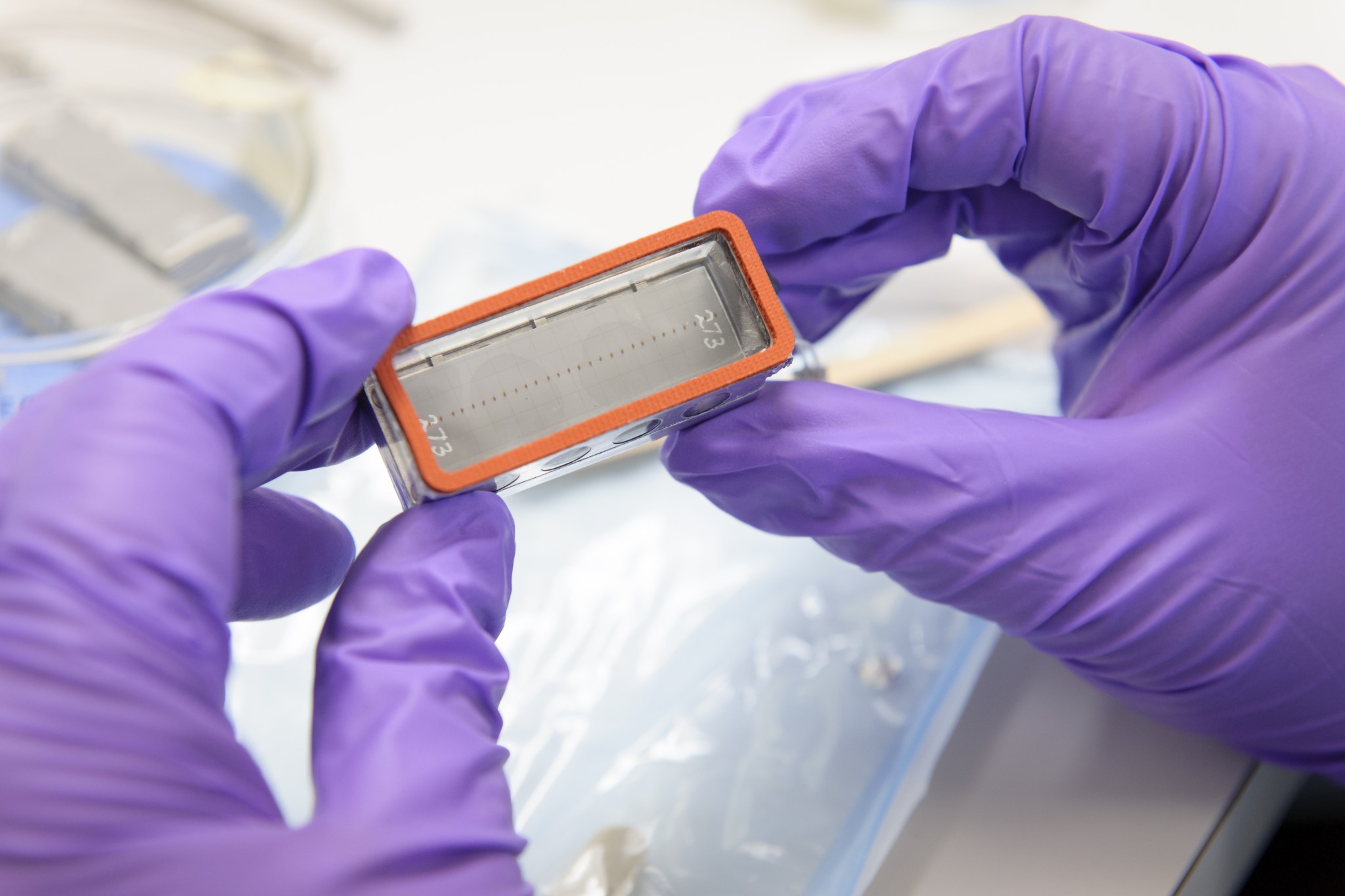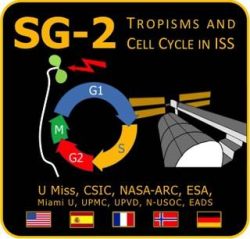Seedling Growth-2 (SpaceX-4)
Seedling Growth-2 is the second in a series of joint NASA-European Space Agency (ESA) science missions to study light- and gravity-signaling in plants. The Seedling Growth-2 spaceflight experiments were conducted using the European Modular Cultivation System (EMCS) aboard the International Space Station, the only laboratory facility where it is possible to reliably and simultaneously vary both light and levels of reduced gravity.
Seedling Growth-2 will help us gain a better understanding of the basic mechanisms of light- and gravity-sensing in plants. Results from this research have potential uses both for improving the long-term sustainability of agricultural production on Earth and also for developing plant-based bio-regenerative life support systems needed for humans to colonize other worlds, such as the moon and Mars.
During the Seedling Growth-2 experiment, nine genetic strains of the model organism Arabidopsis thaliana will be studied in three experiment runs. Arabidopsis thaliana seeds were hydrated in space, and the seeds germinated and grew under varying conditions of light exposure and gravity. During the experiment, images of the seedlings were recorded to document their movement and growth in response to selected light and gravity conditions. Station crew froze the seedlings and will return them to Earth for post-flight biochemical analysis.
The Seedling Growth-2 payload launched from Cape Canaveral Air Force Station aboard a SpaceX Dragon spacecraft on September 21, 2014. Frozen samples of the seedlings grown aboard the space station are expected to return to Earth aboard SpaceX-5 in January 2015.
In preparation for the Seedling Growth Experiment, the Norwegian User Support and Operations Centre (N-USOC) and the Ames EMCS team have cooperated with the principal investigators in developing protocols and procedures for the experiment. N-USOC developed the required scheduling software, and ran tests using EMCS ground and engineering models to confirm correct operation. The Ames team, working with representatives from the principal investigator’s team, prepared and built up the experiment containers with the plant seeds and provided these to N-USOC to support these tests.
For the flight experiment, the Ames team worked with both of the principal investigator’s teams to load five seed cassettes into each of sixteen experiment containers and transport them to the launch site. Station crew loaded the experiment containers into EMCS and the experiment was performed under the control of the N-USOC ground commanders. The Ames team monitored the progress of the science investigation from telemetry and images received at Ames.
Project Manager: Marianne Steele, Ph.D., Space Biosciences Division, NASA Ames Research Center
Project Scientist: Gwo-Shing Sun, Ph.D., Space Biosciences Division, NASA Ames Research Center
Principal Investigator: Dr. John Z. Kiss, The University of Mississippi, Oxford
Principal Investigator: Dr. F. Javier Medina, Centro de Investigaciones Biologicas, Madrid, Spain
Payload Developer: NASA Ames Research Center
EMCS Hardware Developer: ESA/EADS Astrium
EMCS User Support and Operations Center: Norwegian User Support and Operations Centre (N-USOC)
Learn More
See the Seedling Growth-1 mission webpage.
For more information, see the Space Station Research Explorer for the Seedling Growth-2 mission.


































